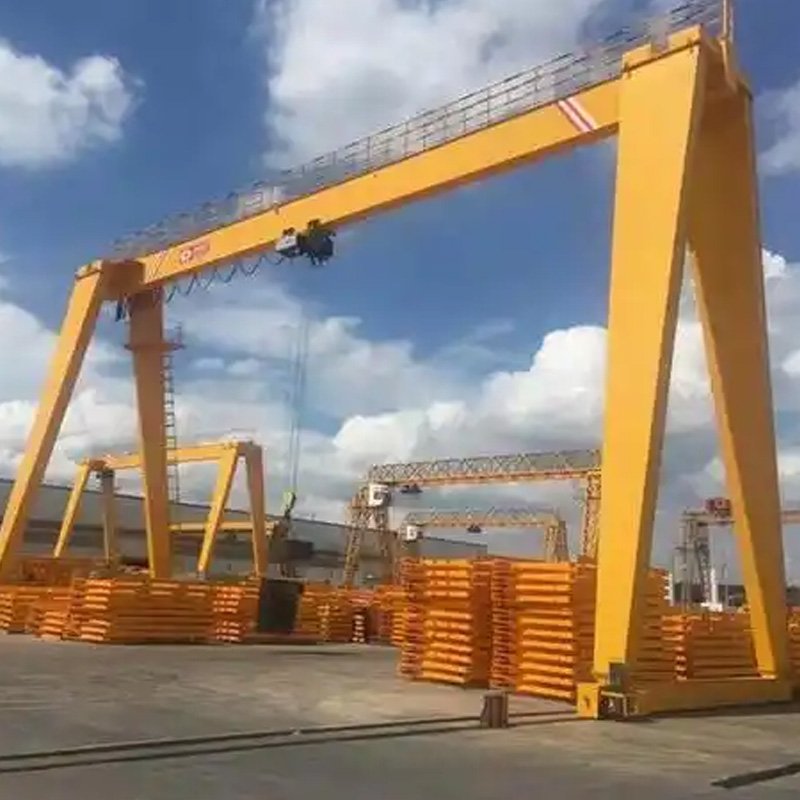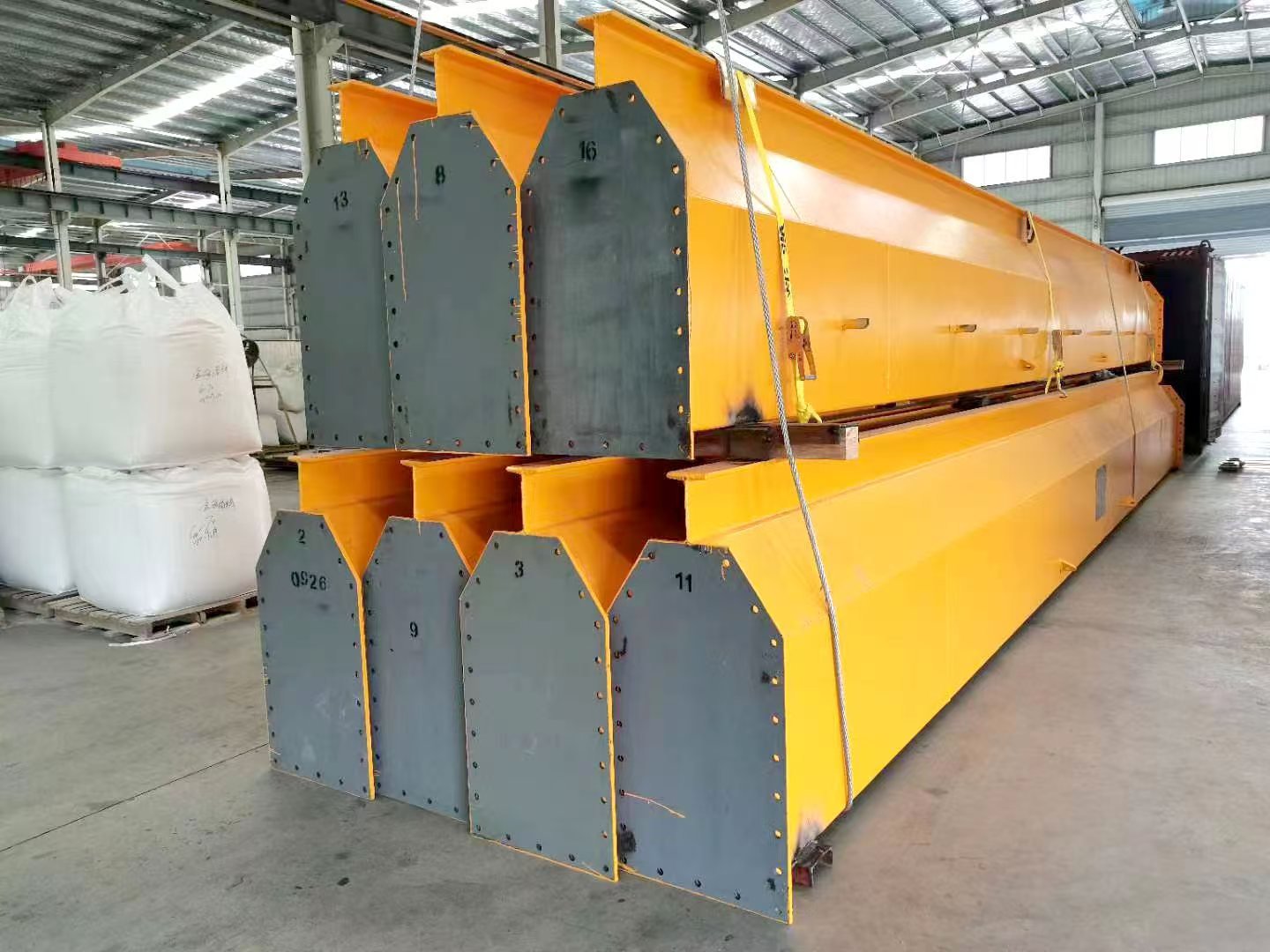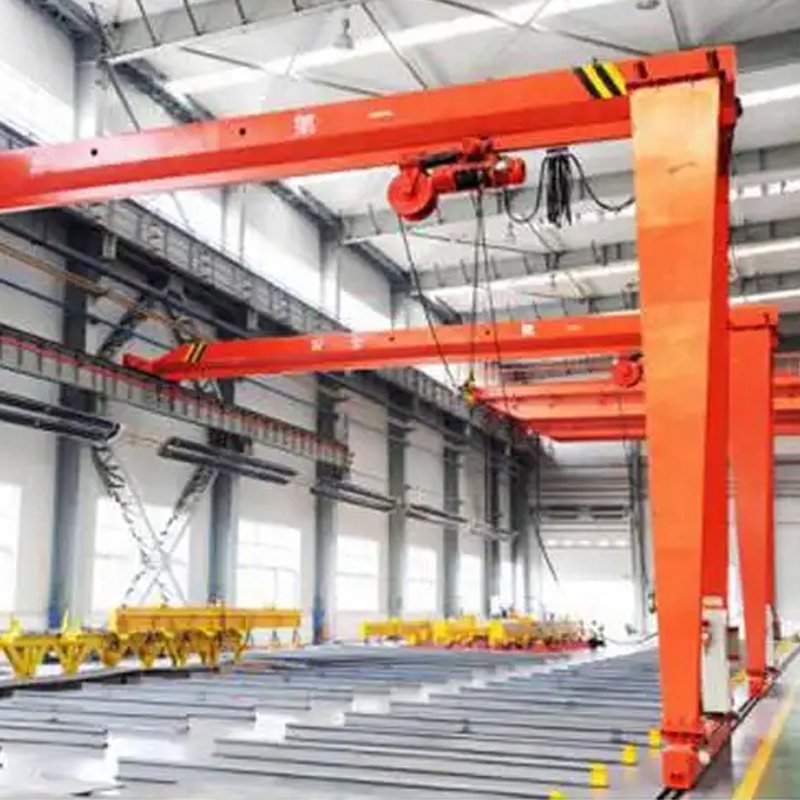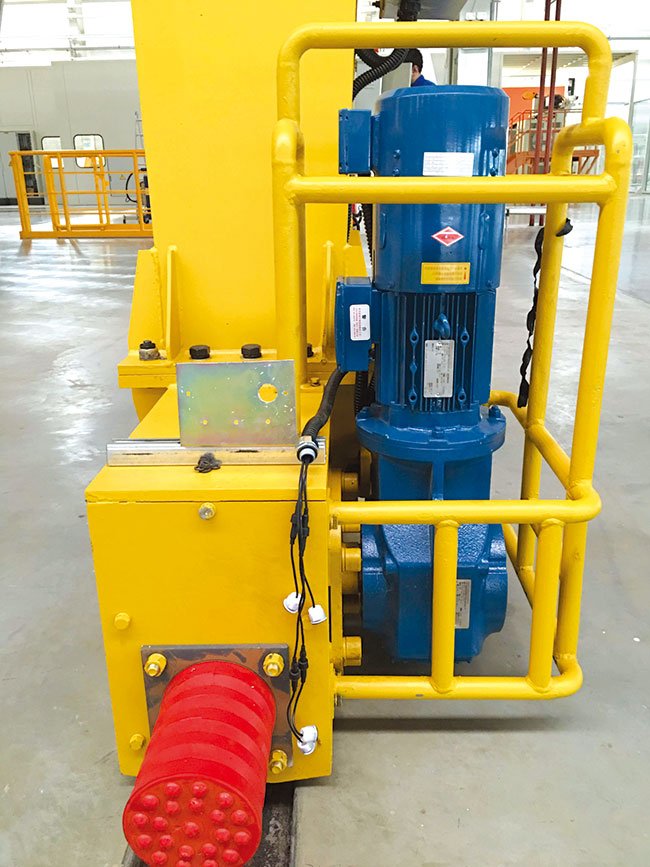In workplaces where cranes are used, safety is the top priority. One critical standard for ensuring safety is OSHA overhead crane regulations, designed to protect workers from injuries and fatalities caused by crane accidents. These regulations, enforced by the Occupational Safety and Health Administration (OSHA), aim to create safer working environments.
Adhering to these regulations ensures compliance and promotes safe operations, reducing the risk of accidents and legal issues for businesses. This article explores the key aspects of OSHA crane regulations, their benefits, common violations, and how companies can achieve compliance.
What Are OSHA Overhead Crane Regulations?
OSHA overhead crane regulations are safety standards that businesses must follow to safely operate overhead cranes. These standards are defined in 29 CFR 1910.179 and address crane operation, inspection, maintenance, and training requirements. The purpose of these regulations is to minimize risks such as tipping, falling loads, and mechanical failure, all of which could lead to injuries or fatalities.
The regulations provide guidelines for various crane types, including bridge cranes, gantry cranes, and jib cranes. OSHA requires employers to conduct regular inspections and maintenance, train operators, and adhere to load limits and safety protocols to prevent accidents.
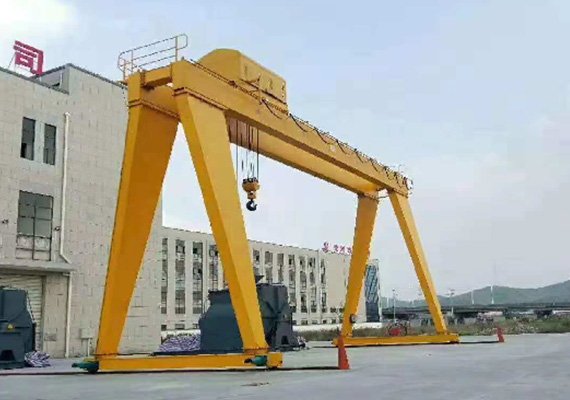
Key Requirements of OSHA Overhead Crane Regulations
To maintain safety and ensure compliance with OSHA crane regulations, employers must meet several key requirements. These include:
- Crane Inspection and Maintenance
Regular crane inspection and maintenance are essential for ensuring equipment operates safely. OSHA mandates that employers perform daily or pre-use inspections of cranes, checking for:
- Visible defects, such as wear or damage to cables, hooks, and lifting mechanisms.
- Proper functioning of safety devices like limit switches, emergency stop buttons, and warning lights.
- Fluid levels and mechanical systems, including brakes and motors.
More thorough inspections are also required periodically (e.g., monthly or annually), and any defective cranes must be taken out of service until repairs are completed.
- Operator Training and Certification
OSHA’s crane regulations emphasize the importance of operator training and certification. Crane operators must be trained in safe operation, including:
- Understanding crane specifications, such as load capacity, swing radius, and limitations.
- Proper hand signals and communication with ground personnel.
- Emergency procedures, such as stopping the crane in case of failure.
Operators must pass a certification program, which includes written exams and practical tests to demonstrate proficiency in crane operation.
- Load Limitations and Safety Markings
Overloading a crane is one of the most common causes of crane-related accidents. OSHA regulations specify that each crane must have clearly marked load limits, including:
- Rated Load Capacity: The maximum weight the crane can safely lift.
- Swing Radius and Reach Limits: To ensure the crane operates within safe boundaries.
- Prominent safety signs to remind operators of load limits
Clear communication about these limits is essential to prevent overloading.
- Safety Devices and Features
OSHA requires that cranes be equipped with certain safety features, such as:
- Emergency Stop Buttons: To stop the crane in case of an emergency.
- Limit Switches: To prevent the crane from traveling beyond safe limits.
- Warning Devices: Including horns, lights, and signals to alert workers when the crane is in operation.
These devices significantly reduce the risk of accidents by providing operators with better control over the crane and alerting workers to potential hazards.

Benefits of Complying with OSHA Overhead Crane Regulations
Adhering to OSHA overhead crane regulations offers several benefits to employers and employees. Some of the key advantages include:
- Reduced Risk of Accidents and Injuries
Complying with OSHA crane regulations significantly reduces the risk of accidents and injuries in the workplace. Regular crane inspection, maintenance, and proper operator training minimize the likelihood of mechanical failures, overloading, or human error that could lead to accidents.
- Improved Operational Efficiency
Compliance with OSHA regulations not only improves safety but can also enhance operational efficiency. Well-maintained equipment operates more smoothly, reducing downtime caused by equipment failure. Trained operators are more efficient and capable of handling complex lifts, leading to quicker and safer operations.
- Avoiding Legal and Financial Consequences
Non-compliance with OSHA regulations can result in fines, legal liabilities, and damage to a company’s reputation. OSHA imposes penalties for failing to meet its regulations, and businesses may be held liable for accidents or injuries that occur as a result of non-compliance. By following these standards, employers protect themselves from potential legal issues and avoid costly fines.
Common OSHA Violations and Their Consequences
Despite the clear guidelines set forth by OSHA, many businesses still fall short of compliance. Some of the most common violations include:
- Failure to Inspect Cranes Regularly
One of the most common violations is the failure to conduct routine inspections as required by OSHA. Lack of regular inspection increases the likelihood of mechanical failures, which can result in accidents and injuries. Penalties for this violation can be severe, including fines and suspension of operations.
- Untrained or Uncertified Operators
Allowing untrained or uncertified personnel to operate cranes is another frequent violation. OSHA mandates that crane operators must undergo training and pass certification exams to ensure safe operation. Failing to provide adequate training can result in hefty fines and, in some cases, suspension of operations until training is completed.
- Improper Load Handling
Overloading cranes or failing to follow load capacity guidelines can lead to structural damage, tipping, or accidents. Employers are responsible for ensuring that operators understand and follow all load capacity limitations. Violations in this area can result in fines, as well as damage to the company’s reputation.
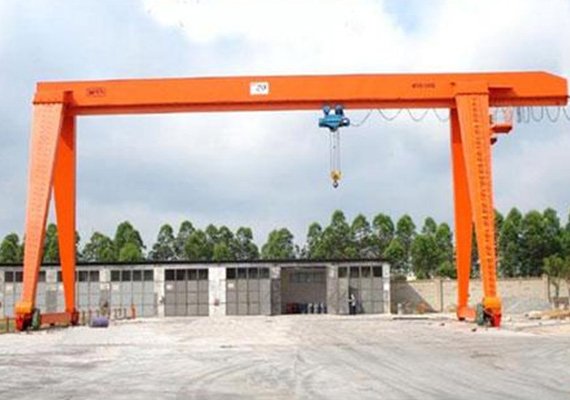
How to Ensure Compliance with OSHA Overhead Crane Regulations
To ensure compliance with OSHA’s crane regulations, employers should take several proactive steps:
- Regular Inspections and Maintenance
Create a schedule for daily, monthly, and annual inspections to ensure all cranes are in proper working order. Keep records of these inspections for accountability and to track any issues over time.
- Implement Operator Training Programs
Invest in training programs that meet OSHA’s requirements, ensuring all crane operators are certified. This not only ensures compliance but also promotes a culture of safety within the workplace.
- Establish Safety Protocols
Develop and implement safety protocols that include clear load limits, safety markings, and emergency procedures. Ensure that all staff members are aware of these protocols and have access to necessary safety equipment.
Conclusion
OSHA overhead crane regulations are crucial for ensuring the safety of workers and optimizing crane operations. By complying with these standards, businesses can reduce accidents, improve efficiency, and avoid legal repercussions. Regular inspections, certified training, and strict adherence to safety protocols are essential to maintaining a safe work environment.
At Yonghao Crane Co., Ltd., we are committed to delivering high-quality, reliable cranes that meet the latest safety standards. With over 20 technical patents and expertise in crane design and installation, we provide tailored lifting solutions to industries worldwide.
Feel free to send yonghaoqizhong@163.com an inquiry today, and let us help you find the best crane solutions for your business needs.

